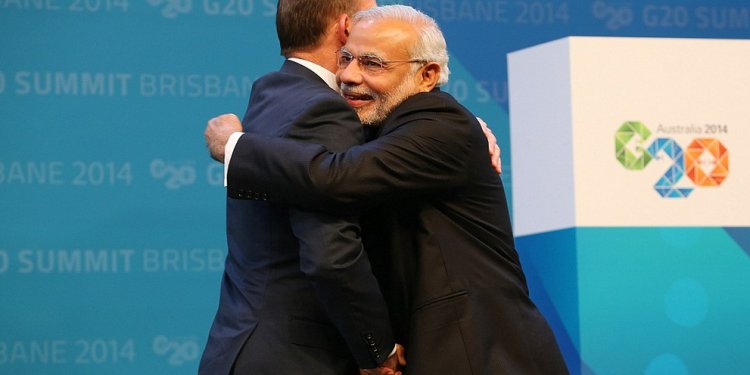
Non verbal communication in Australia
A huge part of the way we communicate occurs through non-verbal cues in conversations. This includes your body language, the way you look at others during conversations and the facial expressions you use.
Body language
Body language can back up the words you use and how you say those words, but can also betray your true feelings if you are uncomfortable in a conversation.
There are 2 main aspects of body language to consider:
- posture - how you sit or stand during a conversation is important. Your posture should be open, with your body turned to face the other person whenever possible. Leaning forward slightly can convey apparent interest in what they are saying, and that you are actively listening to them
- gestures - simple gestures such as nodding your head and opening your palms can have a positive effect on a conversation. You can move your hands during conversation to convey a sense of animation about a subject, though be careful not to overdo it. Maintaining eye contact is very important.
Negative body language creates a negative impression and tends to impede progress. Someone glancing at their watch, playing with their pen and doodling during negotiations will come across as disinterested or uncooperative. This non-verbal communication creates the impression of disinterest and may lead the negotiation to falter or break down.
Other negative body language you should avoid includes:
- clenched fists
- folded arms
- rolling eyes
- shrugs and shuffles
- imitation of the other person's actions
- finger pointing.
You can learn positive body language easily, by watching how other people conduct themselves during conversations. Anything that seems positive is worth copying, while anything that repels you in a conversation should be avoided.
Eye contact
Looking people in the eye when talking to them is a good way to let them know you are listening to them and interested in what they have to say. Eye contact can also convey sincerity and confidence, which is often important in business situations.
Not looking the other party in the eye can sometimes make you appear disinterested, nervous, or even shifty. If someone begins to have negative views such as these in a business situation it can sometimes be difficult to reverse them, so you should try to maintain eye contact and focus on whoever you are talking with, whether they are a customer, client or employee.
Of course, it is important not to stare them out, accidentally or otherwise.
Facial expressions
Our faces are extremely expressive, and often give our emotions away before we have a chance to say what we feel. It is important to try to keep your facial expressions positive during a business conversation.

















